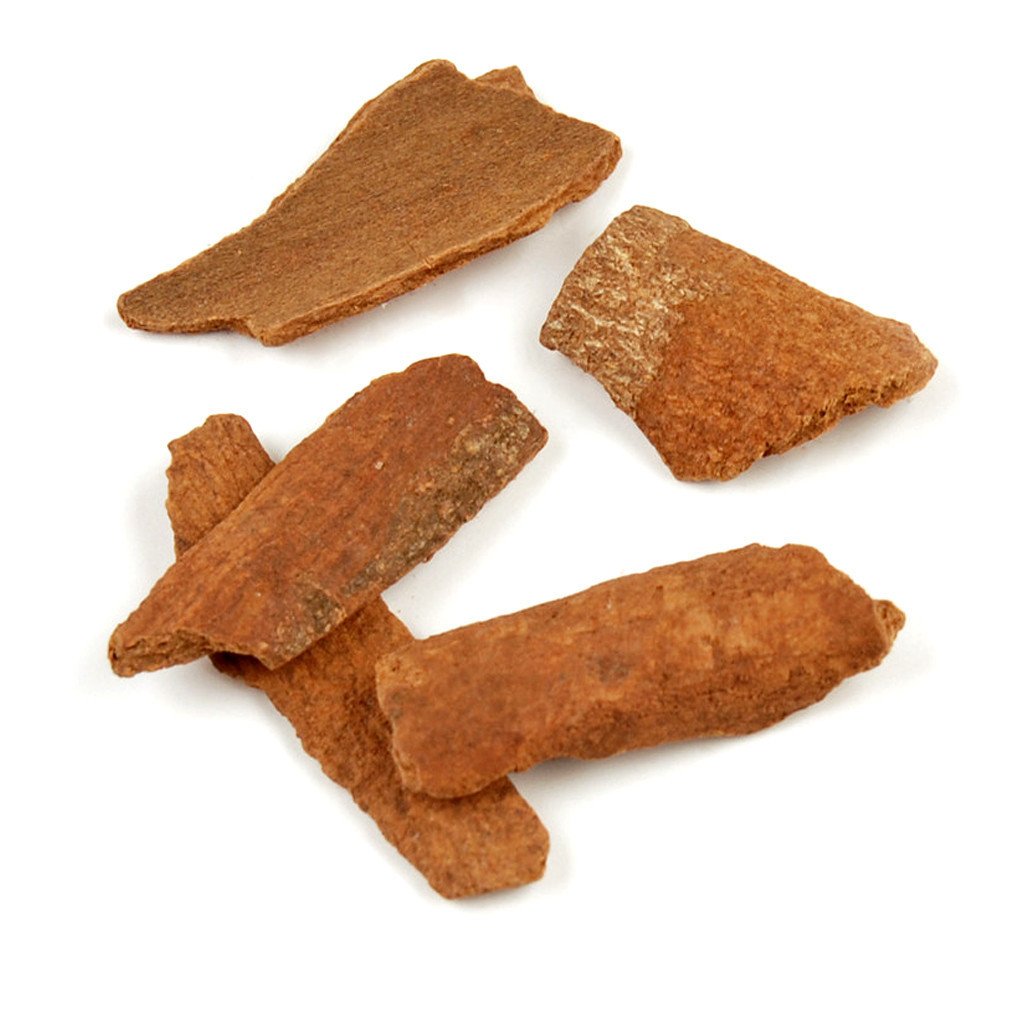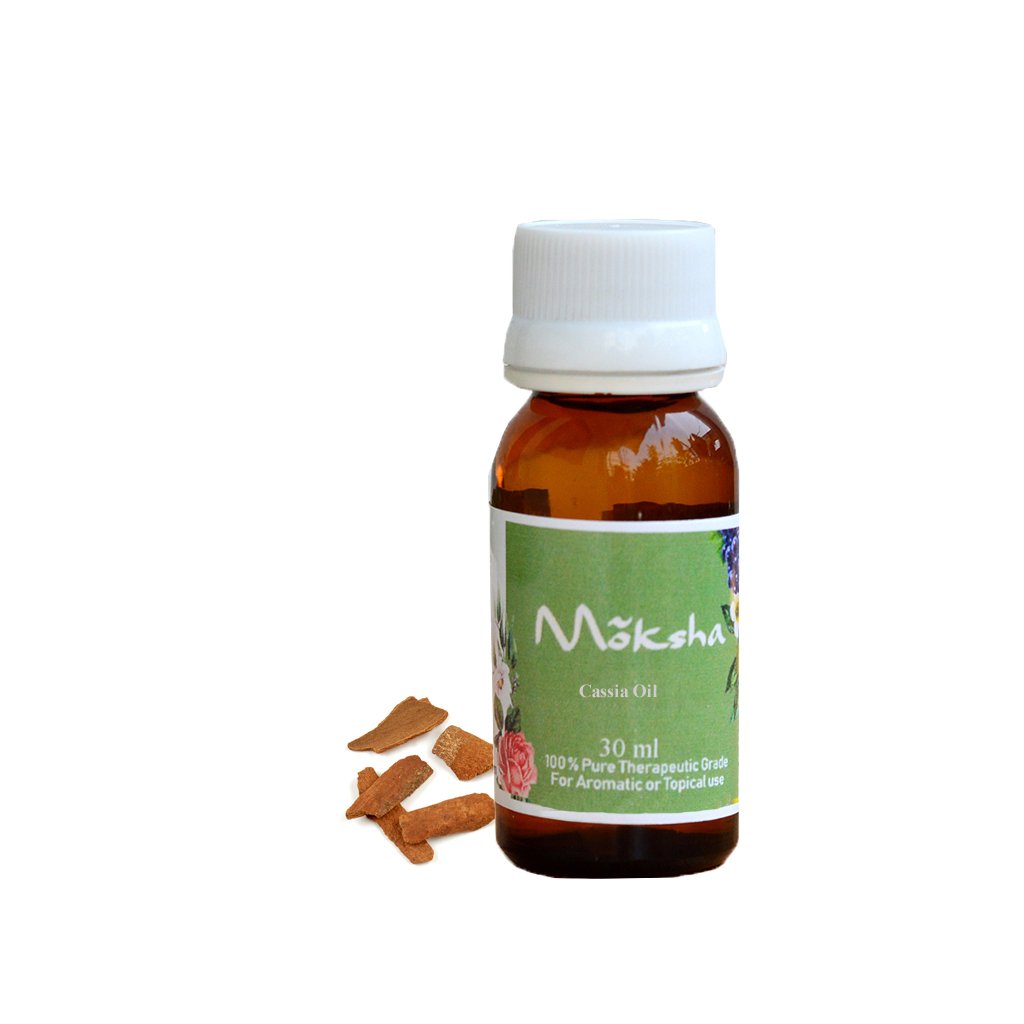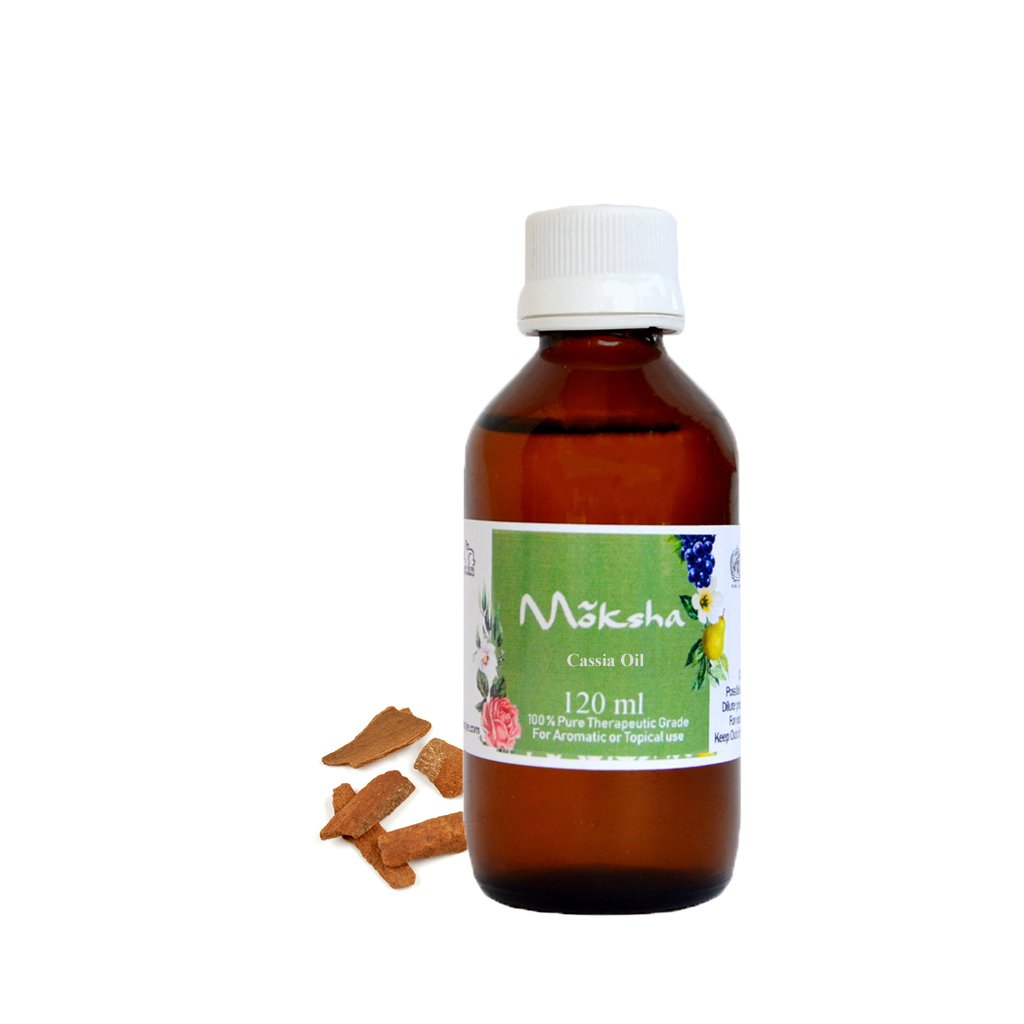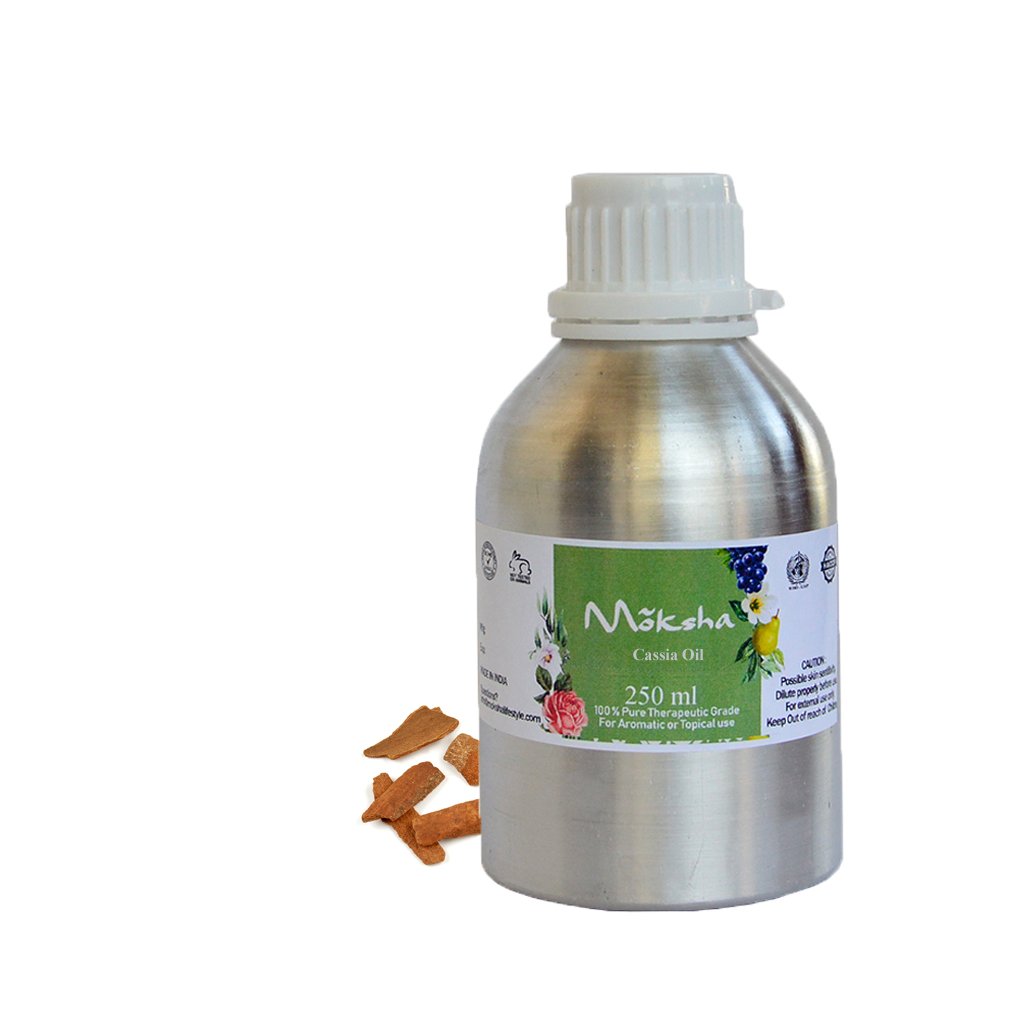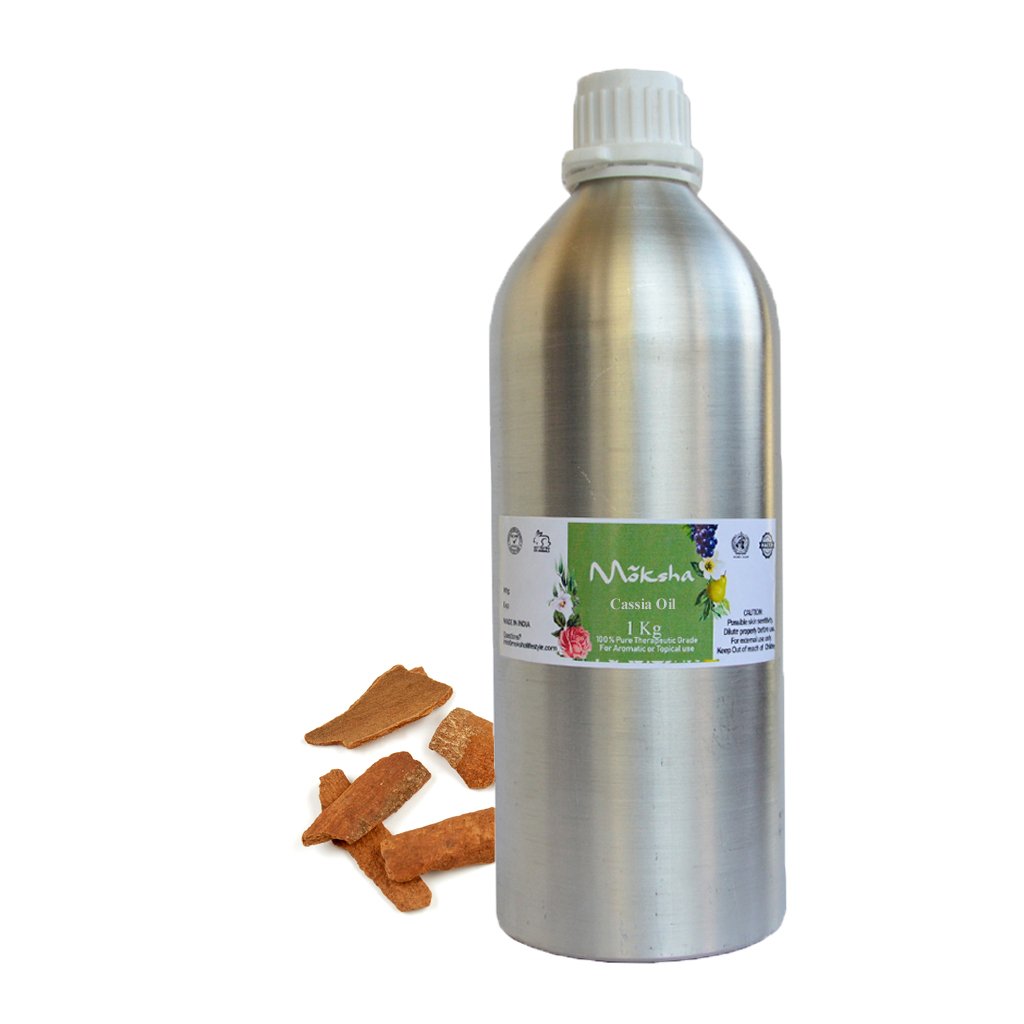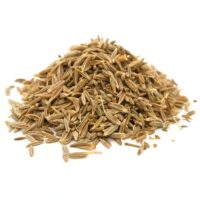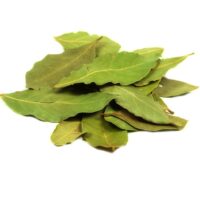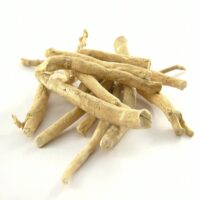
Moksha Lifestyle Products
Essential Oils India | Essential oils Wholesale | Essential Oils manufacturers – Moksha Lifestyle Products
Cassia Oil
Plant Part : Bark
Extraction : Steam Distillation
Origin : India
Product Description:
Cassia is an evergreen tree growing to 7 m with a white aromatic bark and angular branches. The leaves are oblong-lancelate about 18 cm (7 in) long. Small yellow flowers hang from long stocks, and bloom in early summer. Cassia grows in hot, wet, tropical climates both wild and commercially. The stems are cut down when the bark is mature. The bark is removed in short lengths and dried, with some varieties rolling into quills.
Product Color:
Pale yellow to a reddish brown transparent liquid.
Common Uses:
Cassia Essential Oil has traditionally been used as a tonic, carminative and stimulant to treat nausea, flatulence and diarrhea. Chinese and Japanese scientists have found that Cassia’s sedative effects lower high blood pressure and fever in experimental animals. The constituents of the oil have antiseptic properties, killing various types of bacteria and fungi.
Blends Well With
Benzoin, Clove Bud, Coriander, Cardamom, Frankincense, Ginger, Grapefruit, Lavender, Rosemary and Thyme.
History
Also known as Bastard Cinnamon and Chinese Cinnamon, Cassia has been used medicinally in China for several thousand years. In Exodus 30, 23, Moses was ordered to use both Cinnamon (Kinnamon) and Cassia (Qesia) together with Myrrh, Sweet Calamus and Olive Oil to produce a holy oil with which to anoint the Ark of the Covenant. Its first recorded use in China dates back to the Han Dynasty (200 BCE – 200 CE).
Caution:
Cassia Oil is a dermal irritant, dermal sensitizer and a mucus membrane irritant and should be avoided in pregnancy.
